If you’ve ever attempted to build a brand, or even simply daydreamed about it – once you get past the initial excitement and jumping off points that feel solid, you may have realized mid-air that the leap you took was less of a hop and more of a plunge. You may not even be sure where to aim your landing… and that’s if you can even make out the ground below!
Well, you can wipe that sweat off your brow (and from under your armpits, behind your knees, and other less mentionable areas)! Whether you’re on the edge about to dive in or are somewhere along your descent into the entrepreneurial endeavor already, Sr. Digital Strategist Nik Stephney is coming in hot like a skydiving instructor to turn your nerve wracking experience into a guided luxury tour through the clouds.
Ready your carabiners and hook onto Stephney’s guide on building a strong brand to land bullseye! With these insights, you’ll know just when to pull the cord of execution and watch your brand coast successfully to land on the target of your dreams.

The Journey of Brand Building
Get ready to strap in for the brand-building ride of your life! You don’t need to hear from Forbes to know that brand building is tough. It’s a self-evident truth. Just like checking your parachute before a skydive, brands often miss crucial steps. The common missteps include:
-
-
- Failing to define an actual brand strategy.
- Not identifying/connecting with the right audience from the get-go.
- Brand inconsistency.
- Failing to define an actual brand strategy.
-
Forgetting these key principles is something too many brands find themselves guilty of, but this foundational branding concept is entirely avoidable with the proper knowhow.
Our expert agrees straight out of take off. When starting out, Stephney emphasizes first defining your values and target audience. She advises, “As you grow, let your brand evolve with you, but always keep that original essence.” Not only making these definitions, but staying consistent is also key for success: “Everywhere your brand shows up, it should feel like home.”
Understanding Brand Identity
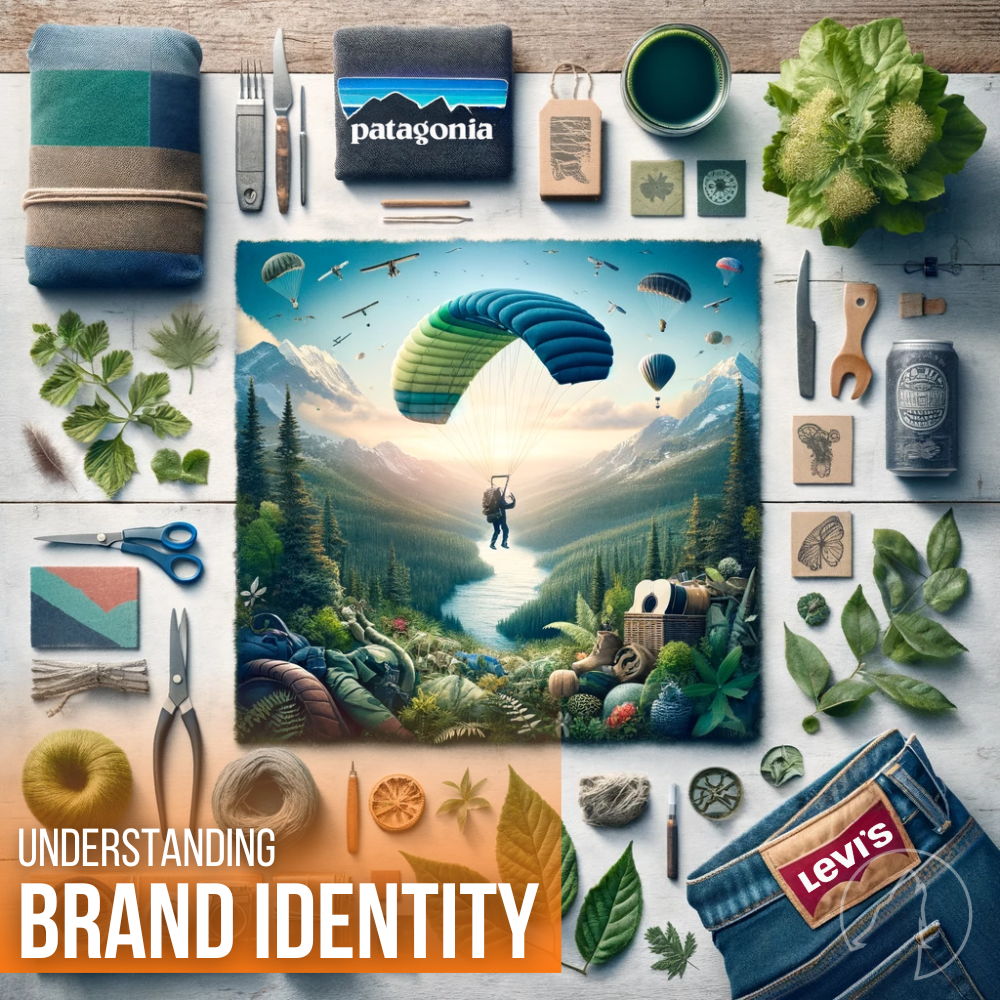
According to Stephney, “Brand identity is the unique fingerprint of any company. It’s not just logos and colors; it’s the whole vibe that sets a brand apart. It’s how they show up and make you feel,” Stephney enlightens us, painting a vivid picture of the essence of brand identity.
She points to brands like Patagonia and Levi’s that have successfully leveraged their identities to connect with target audiences. As she explains, “For both brands, it’s not just about clothes; it’s a whole vibe. Patagonia goes all-in on eco-consciousness, and people love them for it. Levi’s, on the other hand, it’s like they speak denim fluently – classic, authentic, and totally timeless.”
For these brands, it’s about tapping into shared values and crafting an identity that creates meaningful connections beyond transactions. Crafting your brand identity is like choosing your skydiving gear – it’s personal, distinctive, and essential for the journey.
Leveraging Social Media
When it comes to how brands can effectively use social media (which she aptly mentions is a “wild ride”), there are opportunities for brands to connect authentically. “Be yourself, share cool stuff, and chat* with your audience. Make sure you’re not being inconsistent or ignoring your audience’s needs – authenticity is the name of the game.”
Now, I asterisked “chat” up there for a reason. Nik tells us why: “Brands often stumble when they forget that social media is a conversation, not a monologue. Overly promotional content, neglecting customer engagement, and ignoring negative feedback can dilute the authenticity of their brand.”
Effectively using social media is like navigating through the sky – knowing when to dive, soar, or level out to engage your audience effectively. To do this, blend promotion with personality, foster conversations, and openly address concerns. And especially for small businesses, creative and interactive storytelling can help create genuine connections and bring the fire to big brands.
“Regular, quality posts can help small businesses establish a memorable presence and compete favorably with larger, more established brands in the social media arena.”
Maximizing Influencer Marketing
You may not think of romance when you think of outreach, but coming at it from such an invested angle can bring in that spark to your marketing relationship.
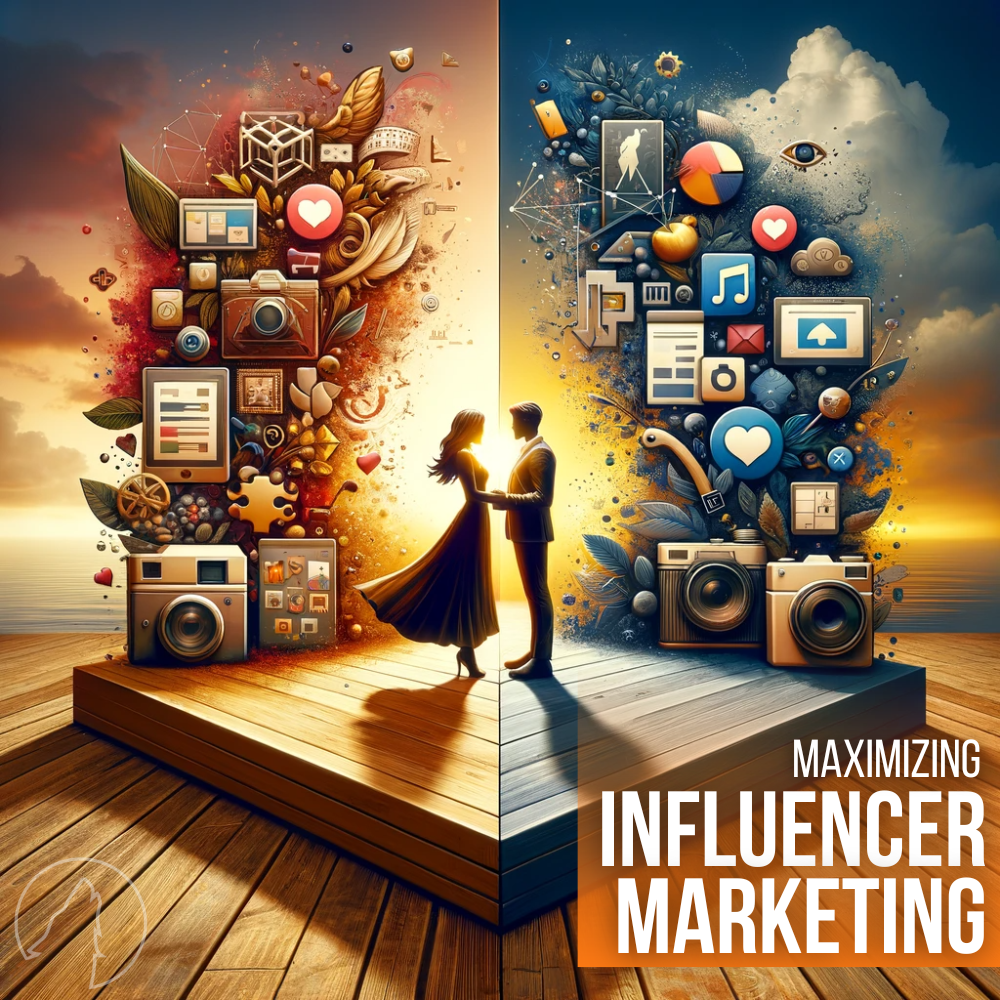
“When weaving influencers into your brand strategy, it’s akin to strategic matchmaking,” she shares, her eyes lighting up. “It’s about more than a contract. It’s a marriage of two brands. Clearly articulate expectations, ensuring influencers comprehend your brand ethos.”
You wouldn’t invite strangers and those with their own agenda to your wedding, would you? When it comes to choosing the right influencers, Stephney emphasizes doing your homework to ensure it’s a good match. And when it comes to the vows, or shared alignment of values with your influencers and their followers, an authentic collaboration is quintessential. As Stephney explains, “The audience can smell a scripted promo from miles away.”
She points to Fenty Beauty’s strategically smart partnership with Rihanna as a prime example. Beyond Rihanna’s massive cultural influence, her persona and values of inclusiveness organically matched and elevated Fenty Beauty’s core brand identity.
Another example is Gymshark’s fitness influencer partnerships where influencers organically integrate into the brand’s narrative. Founded in 2019, they are now a billion dollar – pardon me, billion pound – business, thanks in major part to this particular strategy.
Doing this is “not merely a marketing move; it’s a narrative strategy that transforms products into lifestyle essentials. The lesson here? It’s about forging connections beyond the superficial – finding influencers whose stories intricately weave into your brand’s narrative, creating an authentic resonance that transcends marketing norms.”
Brand Strategy Evaluation and Adjustment
When it comes to comprehending if, how, and when your brand strategy needs tweaking, you must first patiently take the pulse to avoid 1. over reactive choices and 2. uninformed decisions. Stephney recommends monitoring metrics like engagement, conversions, and share of voice over time. This data provides insights to refine strategies and ensure brand-building efforts resonate.
Every 6-12 months is a sweet spot for brand strategy evaluation to stay agile amidst digital trends, gathering customer feedback through surveys and social listening to further evolve the brand identity.
“Actively listening to customer conversations and monitoring sentiment provides insights,” she states. “It’s a dynamic process that fosters continuous improvement and strengthens the connection between the brand and its audience.” This helps adjustments maintain consistency while addressing audience needs. It’s like periodically checking your altitude during a dive – constantly assessing where you are and what adjustments you need to make for a perfect landing.
Adapting to Digital Trends
Embracing current digital strategies is crucial for remaining relevant, according to Stephney. “By embracing current strategies like influencer collaborations, interactive content, and emerging platforms, brands stay relevant, reaching their audience effectively.”
Adapting to digital trends is akin to performing aerial maneuvers – it requires agility, awareness, and the courage to try new moves. But in showcasing this adaptive agility, don’t let your brand essence slip! Beyond that, the one who chances a calculated jump has the most to gain. Just keep in mind that brands should integrate trends gradually, testing with smaller segments first to avoid alienating loyal customers.
“Don’t be afraid to take risks!” she encourages. “If you’re worried about alienating your audience or disrupting your brand’s carefully constructed image, A/B test with smaller segments to get early reactions and data.”
Visual Identity: Crafting the Aesthetics
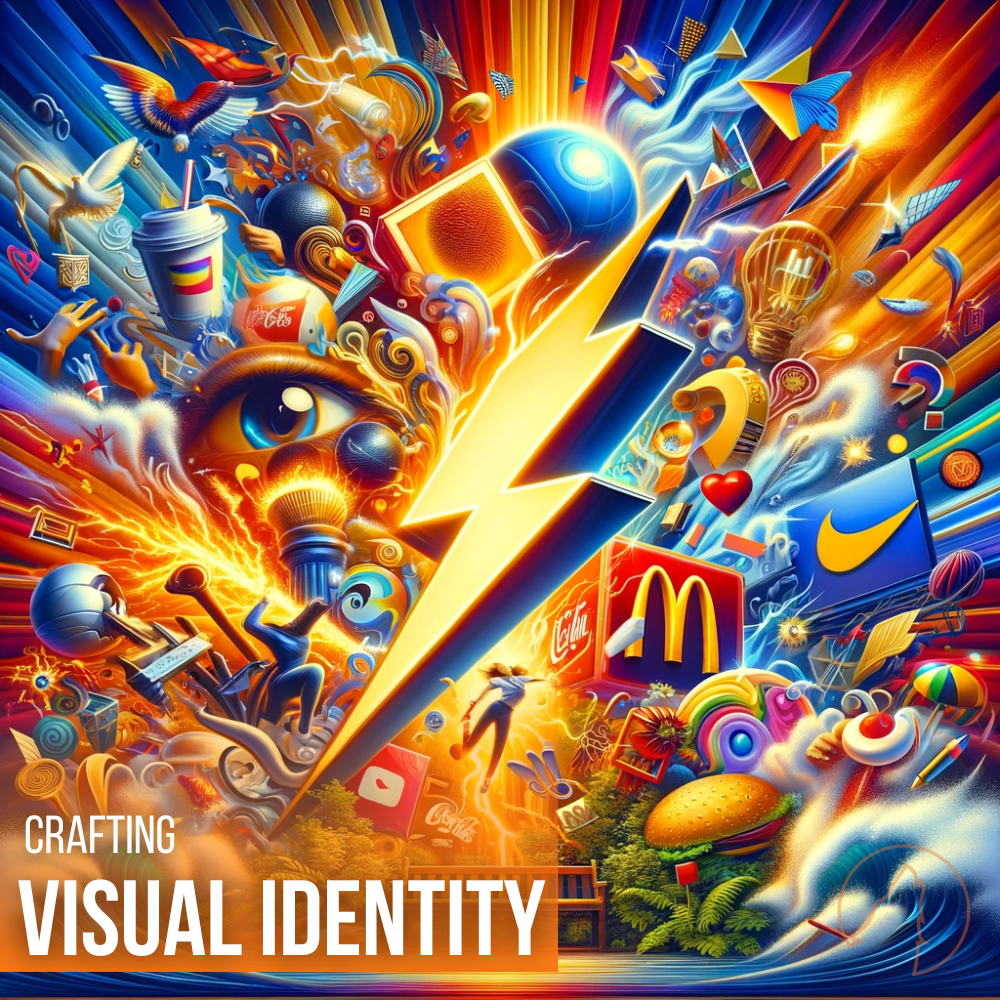
“Studies show that people process visuals way faster than text. Like, 60,000 times faster,” Stephney asserts. That means visual identity hits like the exhilarating rush of freefall – immediate, impactful, and unforgettable.
With first impressions happening lightning-fast, the power of visual memory, and the cultural meanings behind visuals, consumers’ initial exposure to a brand’s visual identity leaves a mark. And you want it to be a good one, because the brain often recalls visuals more than words.
“Ever heard of the Picture Superiority Effect? It’s a real thing. You’re more likely to remember info if it’s presented as an image. Think of iconic logos like the Nike swoosh or the golden arches of McDonald’s – they’re etched into our minds.”
With faster consumer processing of visuals, She advises brands to tap into this “language your audience speaks,” not just for aesthetics but for crafting a narrative that instantly communicates the brand essence.
“In a nutshell, visual identity is not just crucial; it’s the MVP of brand building.”
Mission Statement and Vision
Not to be written off as inconsequential fluff, a brand’s mission statement outlines its purpose and value while its vision paints a picture of aspirations. Together, these elements form the foundation of brand identity. Stephney advises bringing these pillars to life through compelling narratives that highlight real-world impact.
There are several ways a brand can effectively communicate their mission and vision to their audience. “Regularly sharing updates on initiatives and achievements reinforces the brand’s commitment. Moreover, fostering transparency and authenticity in communication builds trust, allowing the audience to connect emotionally with the brand’s mission and vision, creating a lasting impression.”
Transparent communication builds audience trust and connection with the mission and vision.
Logo Design Do’s & Don’ts
“A brand should approach logo design as a visual ambassador of its identity,” Stephney advises, highlighting the importance of a logo in brand representation. “Common pitfalls in logo design include excessive complexity, as overly intricate designs can be challenging to recognize and remember.”
She encourages defining brand values and the target audience at the outset of logo design. Simplicity, scalability, and professional expertise are key. Colors and shapes should align with brand personality and emotions. Avoiding excessive complexity and poor versatility are crucial to crafting a timeless visual ambassador.
What’s more, periodic reassessment ensures relevance amidst shifts in identity as well as an opportunity to consider cultural sensitivities. This may include going to the team or outsourcing a diverse focus group.
“Regularly soliciting feedback and testing the logo in various applications helps avoid these pitfalls, ensuring a logo that is distinct, versatile, and aligns seamlessly with the brand’s identity.”
Design Elements Choice and Alignment
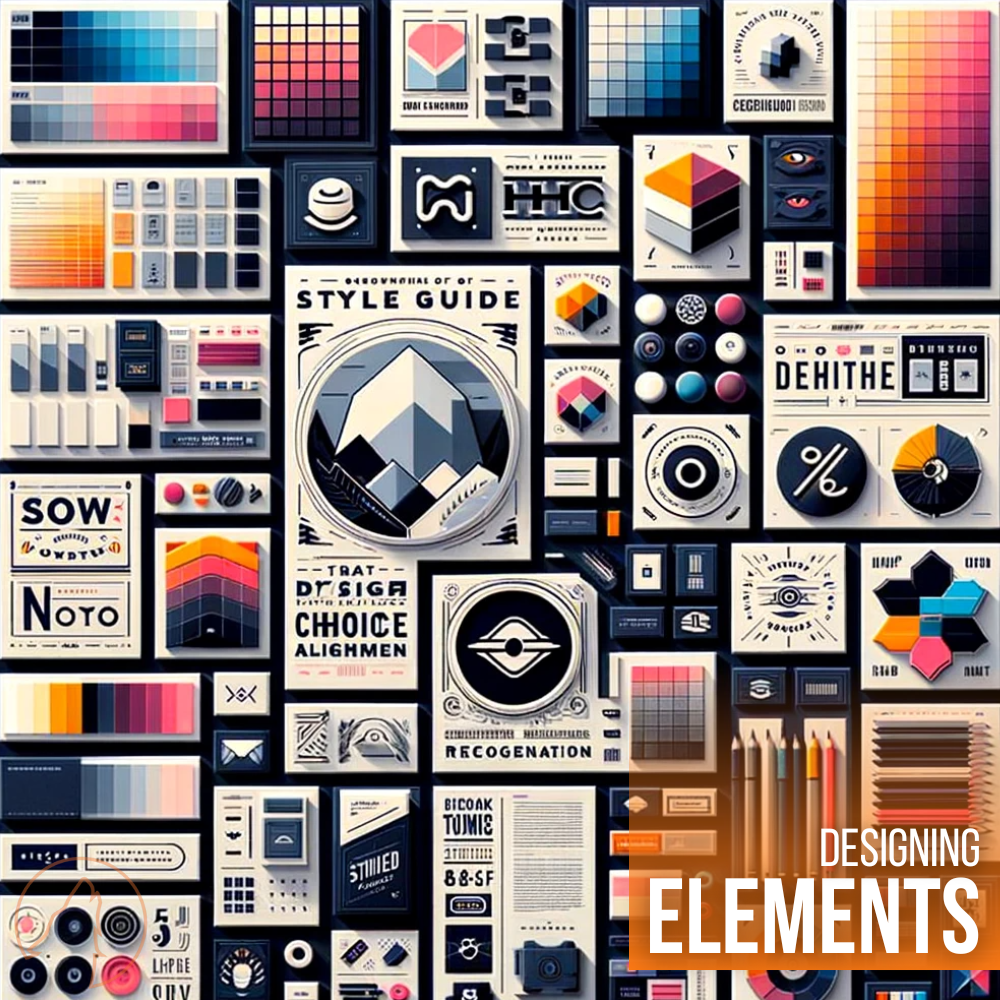
Beauty may be in the eye of the beholder, but it doesn’t always start there! Stephney stresses maintaining a style guide and auditing design assets to ensure visual coherence. “This guide should encompass key elements like color schemes, typography, and logo usage,” she reveals, pointing out the practical steps for maintaining a coherent brand identity across different platforms. “Emphasizing a unified visual language across websites, social media, and offline materials reinforces the brand identity.”
It’s not just the words you use, but the way they look! Typography conveys tone and shapes recognition while imagery acts as visual language. “Consistent use of specific fonts reinforces recognition, Stephney paints the picture for us. “Imagery, including logos and visual elements, is the brand’s visual language, instantly evoking associations and emotions.”
The powerful duo of typography and imagery influences audience perception of the overall visual narrative with gusto.
Utilizing Design Tools and Professionals
For resourceful brands, Stephney says the answer is simple: do what you can, then go to the pros as needed/as you can afford. “For those on a budget, tools like Canva are invaluable,” she remarks, acknowledging the constraints many brands face. “But remember, even the best tool can’t replace a seasoned designer’s eye.”
Leveraging DIY graphics tools, affordable stock resources, freelancers, and establishing guides to maintain quality and consistency. Strategic use of these options allows compelling, cohesive designs on a budget.
Consumer Perception and Feedback
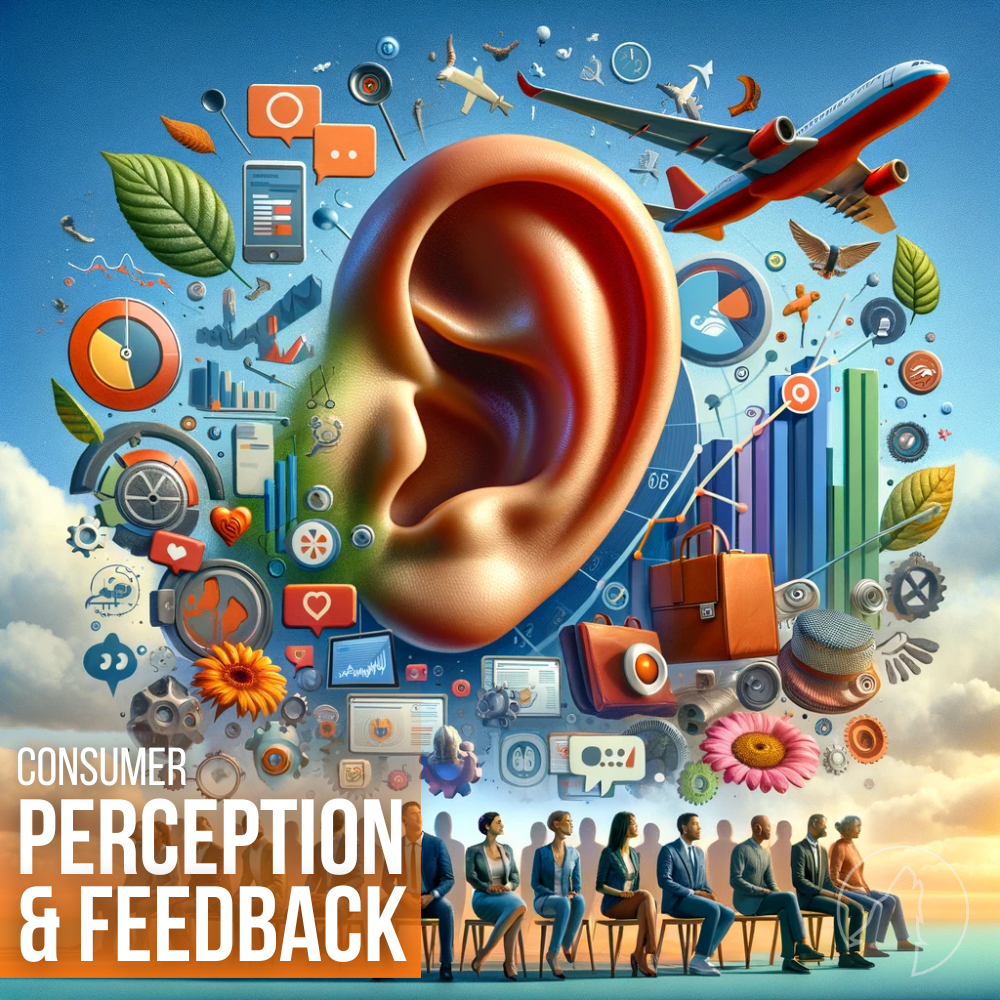
Again, sometimes the best advice comes in uncomplicated packages. “Listen to your audience,” Stephney stresses the vitality of consumer feedback. “Their perception of your visual identity is crucial.”
Gathering qualitative and quantitative data through social listening, surveys, analytics, focus groups, and interviews are legit tactics to employ. Just like a skydiver listens to the wind and adjusts their position, gathering feedback helps you adjust your brand’s identity trajectory.
Brand Guidelines Adherence
Think of brand guidelines as your skydiving checklist – essential for ensuring a safe and consistent journey from start to finish. “Brand guidelines are your visual identity’s guardian,” she concludes with emphasis on the importance of outlining proper usage of design elements. Stephney emphasizes adhering to them internally and externally to maintain cohesion and trustworthiness. They preserve integrity as the brand grows across diverse platforms.
“They ensure consistency, which is fundamental in building a trustworthy and recognizable brand.”
Future of Brand Building
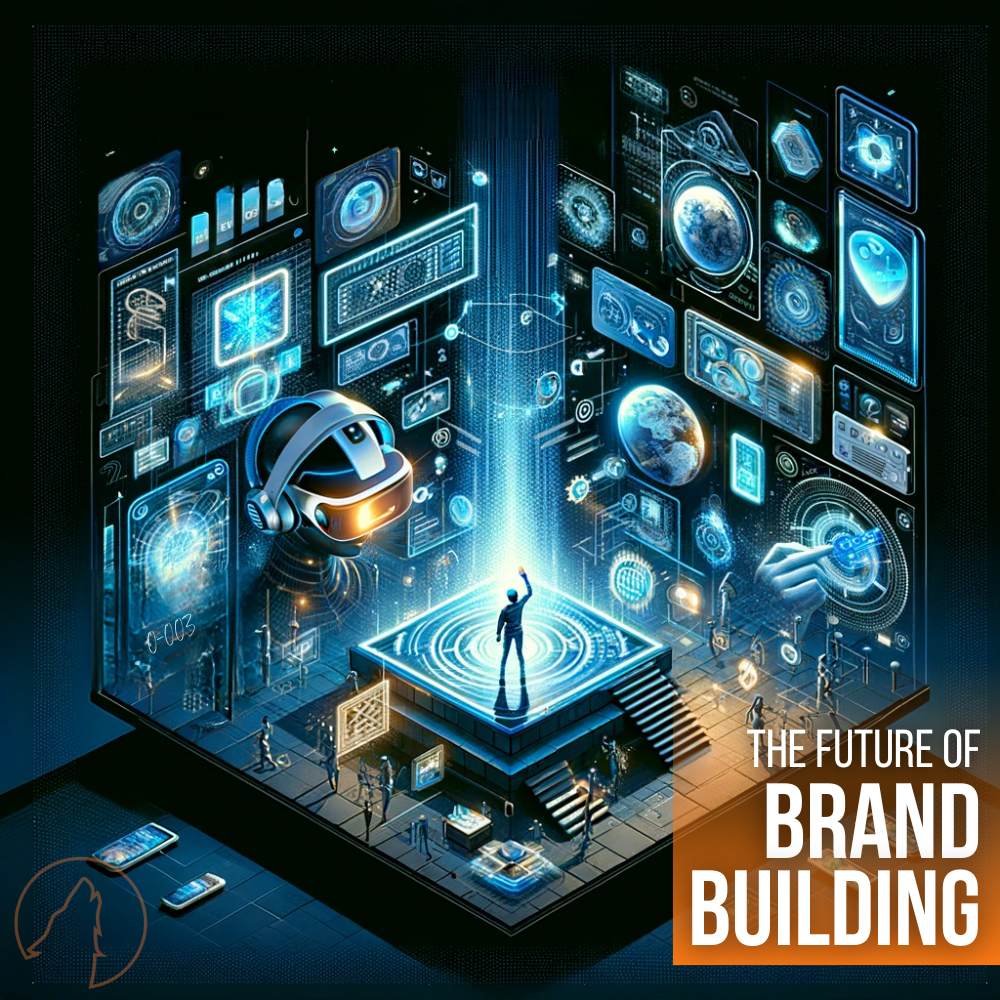
Looking ahead, Stephney sees brand experiences becoming more tech-driven and personalized. Her advice? The same good insight any pro-diver knows. “Be ready to roll with the changes, embrace new tech, and most importantly, keep it real with your audience.”
Taking the Launch Step
Ready to soar above the competition and stick the landing? Don’t navigate the skies of brand building alone. Contact Fullmoon Digital today and let us be your co-pilot in this exhilarating adventure of a lifetime. With Nik Stephney’s expertise and our tailored strategies, we’ll help you along the way to achieve a flawless execution.
Reach out today, and you’ll find that Fullmoon’s here to take you in-tandem for an exceptional branding experience. The sky’s not the limit – it’s just the beginning.
TL;DR (Wolf-Bite Sized Summary)
-
- Journey of Brand Building: Avoid common missteps like lacking a defined strategy, failing to connect with the right audience, and brand inconsistency.
-
- Understanding Brand Identity: More than logos and colors; it’s the vibe and feel.
-
- Leveraging Social Media: Use social media authentically, blending promotion with personality, fostering conversations, and addressing feedback.
-
- Maximizing Influencer Marketing: Approach influencer partnerships like strategic match-making, ensuring alignment of values for authentic collaborations.
-
- Brand Strategy Evaluation and Adjustment: Regularly monitor metrics and gather customer feedback for adjustments.
-
- Adapting to Digital Trends: Stay agile and relevant with strategies like influencer collaborations and interactive content, integrating trends carefully.
-
- Visual Identity: Focus on a narrative that communicates the brand essence visually.
-
- Mission Statement and Vision: Use compelling narratives to bring the brand’s mission and vision to life, fostering transparency and authenticity.
-
- Logo Design Do’s & Don’ts: Focus on simplicity, scalability, and alignment with brand personality.
-
- Design Elements Choice and Alignment: Maintain a style guide and audit design assets for visual coherence across platforms.
-
- Design Tools: Use affordable tools like Canva and professionals as needed to create cohesive designs.
-
- Consumer Perception and Feedback: Listen to the audience, gather data through various methods to adjust the brand’s trajectory.
-
- Brand Guidelines Adherence: Maintain consistency in visual identity across diverse platforms by adhering to brand guidelines.
-
- Launch: Contact Fullmoon Digital for expert guidance in brand building.

